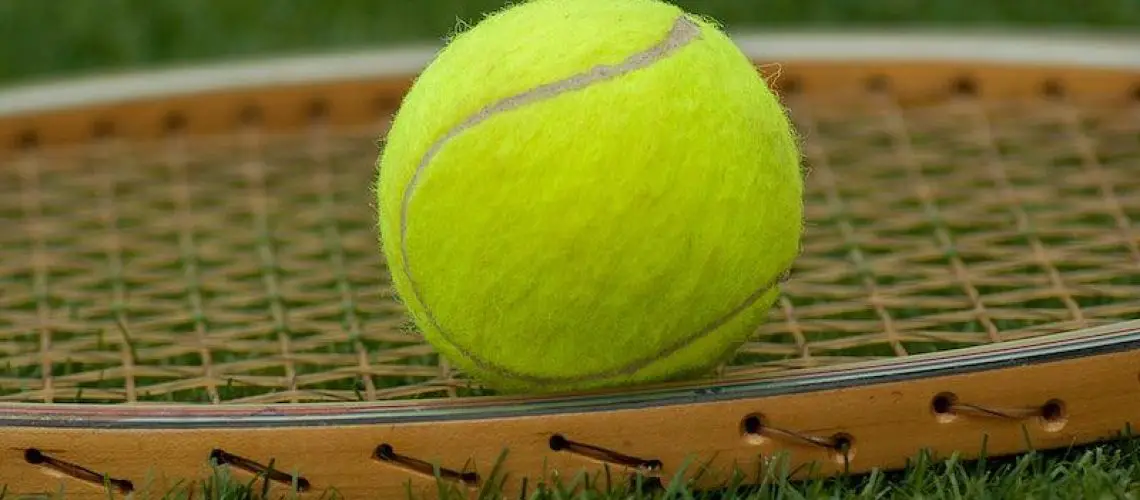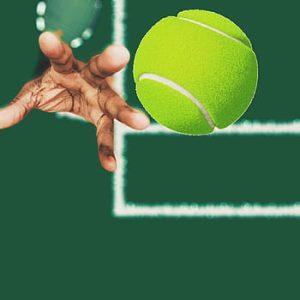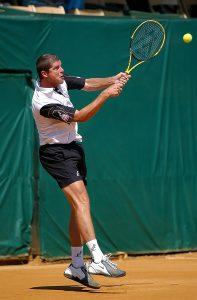We may earn money or products from the companies mentioned in this post.
Introduction

Tennis, a sport loved by millions around the world, requires skill, technique, and the right equipment One of the most crucial pieces of equipment in tennis is the racquet Tennis racquets have come a long way since their inception, evolving from wooden frames to advanced materials that enhance performance Choosing the right racquet can significantly impact a player’s game, making it essential to understand the factors involved in making an informed decision
Background Information on Tennis Racquets
In order to appreciate the significance of choosing the right tennis racquet, it’s helpful to delve into its history Originally made of wood and gut strings, early tennis racquets lacked power and control compared to today’s modern designs As technology progressed, manufacturers started experimenting with different materials such as graphite and carbon fiber composite, resulting in lighter yet more durable racquets This evolution has allowed players to optimize their playstyles and improve performance on the court
Importance of Choosing the Right Racquet
The choice of a tennis racquet is not just about personal preference or aesthetics; it directly influences a player’s ability to execute shots effectively Different racquets offer varying levels of power, control, maneuverability, and spin potential For example, a powerful baseline player may prefer a heavier racquet with a larger head size for added stability and power generation On the other hand, an agile net player might opt for a lighter frame with better maneuverability for quick reactions at close range
Purpose of the Article
This article aims to provide readers with valuable insights into selecting an appropriate tennis racquet that suits their playing style and preferences By understanding key factors like weight distribution, string tension, head size, grip size, and balance point – readers will be empowered to make informed decisions when purchasing a racquet Additionally, the article will offer practical guidance on how to evaluate racquets, test them out, and make adjustments to optimize their performance on the court
Types of Tennis Racquets and Their Characteristics

Power/Oversize Racquets
When it comes to power on the tennis court, oversize racquets are the go-to choice for beginners and intermediate players These racquets typically feature a larger head size, giving them a bigger sweet spot The larger sweet spot allows for better contact with the ball, resulting in more powerful shots
However, there is a trade-off with power/oversize racquets Due to their larger head size, they offer reduced control compared to other types of racquets This means that while you’ll be able to hit powerful shots, precision and accuracy may be compromised
Control/Player’s Racquets
For advanced players with good technique, control/player’s racquets are the weapon of choice These racquets typically have a smaller head size, providing increased control, feel, and precision on every shot
The advantage of using control/player’s racquets lies in their ability to deliver pinpoint accuracy and finesse With these racquets in hand, skilled players can execute precise shots with ease
However, it’s worth noting that the smaller head size of these racquets may not be as forgiving for off-center hits Players need to have consistent technique and timing to fully capitalize on the benefits they offer
Tweener Racquets
Tweener racquets bridge the gap between power/oversize and control/player’s racquets They provide a balanced combination of power, control, and maneuverability
With tweener racquet in hand, players can enjoy both ample power when needed without sacrificing too much control or maneuverability on the court
These versatile options cater to various skill levels, making them suitable for players who want a well-rounded racquet that can adapt to their playing style and needs
Factors to Consider When Choosing a Tennis Racquet
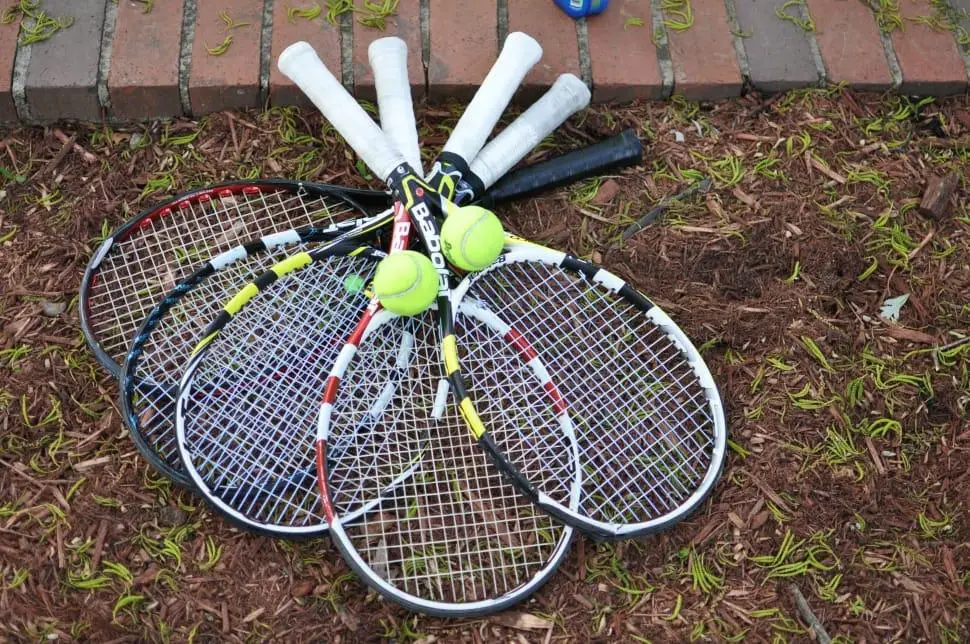
Choosing the right tennis racquet can greatly impact your game With so many options available, it’s important to consider several factors before making a decision Understanding your personal playing style, experience level, physical attributes, and racquet specifications will help you find the perfect match on the court
Personal Playing Style
Your playing style is an essential factor to consider when choosing a tennis racquet Are you more of a baseline player, relying on powerful groundstrokes and consistent shots from the back of the court? Or do you prefer serve-and-volley play, rushing to the net after delivering a strong serve? Identifying your style will determine the characteristics you need in a racquet
1 Baseline Play
If you excel at baseline play, look for a racquet that offers good control and maneuverability to handle those groundstrokes with precision A slightly heavier racquet with a smaller head size can provide better stability and accuracy
2 Serve-and-Volley Play
Serve-and-volley players require a racquet that provides power and quick response at the net Opt for a lighter frame with larger head size to generate more power during serves while maintaining maneuverability for quick volleys
Player Experience Level
Your experience level also plays a significant role in selecting the right tennis racquet Whether you’re a beginner just starting out or an advanced player looking for an upgrade, matching your skill level with an appropriate racquet will enhance your performance
1 Beginner
If you’re new to tennis, prioritize ease of use and forgiveness in your choice of racquets Look for models with larger head sizes and lighter weights to help generate power and maintain control while developing your technique
2 Intermediate
Intermediate players should consider racquets that offer a balance of power and control As you refine your strokes, look for a racquet with moderate weight, head size, and string pattern to support your improving skills
3 Advanced
Advanced players have developed their technique and require racquets that cater to their specific playing style Customize your choice by considering factors like weight, balance, and string pattern to fine-tune your performance on the court
Physical Attributes
Your physical attributes, such as age, height, and strength, can impact the type of tennis racquet that suits you best
1 Age
Youthful players may benefit from lighter racquets that allow for better maneuverability on the court Older players might find a slightly heavier racquet helps generate more power and stability in their shots
2 Height
Taller individuals generally benefit from longer racquets as they provide extended reach for groundstrokes and increased leverage during serves
3 Strength
Your physical strength influences the weight of the racquet you choose Stronger players can handle heavier frames without sacrificing control or maneuverability, while less physically strong individuals may opt for lighter options
Racquet Specifications
The specifications of a tennis racquet are crucial in determining its performance characteristics on the court
1 Head Size
The head size refers to the surface area of the racquet’s hitting zone A larger head size provides a larger sweet spot and more forgiving response but sacrifices some control
2 Length
The length of a racquet affects the leverage and reach you can achieve with your strokes Longer racquets offer increased power potential but may sacrifice maneuverability
3 Weight
The weight of a racquet influences its stability and power potential Heavier racquets provide more power, while lighter ones offer better maneuverability
4 Balance
Racquet balance determines where the weight is distributed along the frame Head-heavy balances provide more power, while head-light balances offer better maneuverability
5 String Pattern
The string pattern refers to how the strings are arranged on the racquet’s hitting surface Open string patterns generate more spin, while denser patterns prioritize control
6 Grip Size
The grip size is an often overlooked but important factor in comfort and control on the court Ensure your racquet’s grip size allows for a comfortable hold and proper technique execution
In conclusion, considering your personal playing style, experience level, physical attributes, and specific racquet specifications will guide you towards finding the best tennis racquet for your game Remember that trying out different options before making a final decision can also help determine what feels most comfortable and enhances your performance on the court
Additional Resources and Tips for Making the Right Choice
When it comes to choosing the perfect tennis racquet, it’s important to gather as much information as possible before making a decision Luckily, there are various resources and tips available to help you make an informed choice Here are some suggestions:
Try before you buy
To truly get a feel for a racquet, it’s recommended to try it out before making a purchase This can be done through demo programs offered by tennis stores or clubs These programs allow you to test different racquets and experience their performance on the court firsthand
If joining a demo program is not feasible, another option is borrowing a friend’s racquet This way, you can spend time playing with it during practice sessions or friendly matches to see if it suits your playing style
Consult with a tennis professional or coach
Seeking advice from a tennis professional or coach can provide valuable insights into choosing the right racquet They have extensive knowledge about different types of racquets and can assess your playing style to recommend options that would best suit your needs
Read racquet reviews and comparisons
Reading racquet reviews and comparisons can give you an understanding of how different models perform in terms of power, control, maneuverability, and comfort Many reputable sports websites publish detailed reviews by experts who have tested multiple racquets extensively
Comparing different racquets side-by-side allows you to weigh their pros and cons more objectively, helping you narrow down your choices based on specific features that matter most to you
Maintain an open mind and willingness to experiment
Finding the perfect tennis racquet is often a process of trial and error It’s crucial to keep an open mind and be willing to experiment with different options What works for one player may not necessarily work for another Embrace the opportunity to try out various racquets, even if they seem unconventional, as it can lead you to discover unexpected favorites
Conclusion

In conclusion, choosing the right tennis racquet requires careful consideration and exploration By trying racquets through demo programs or borrowing from friends, consulting with professionals, reading reviews and comparisons, and maintaining an open mind, you increase your chances of finding the perfect racquet that suits your playing style and preferences Remember, the journey towards finding the ideal racquet is an exciting one filled with possibilities
Useful Links
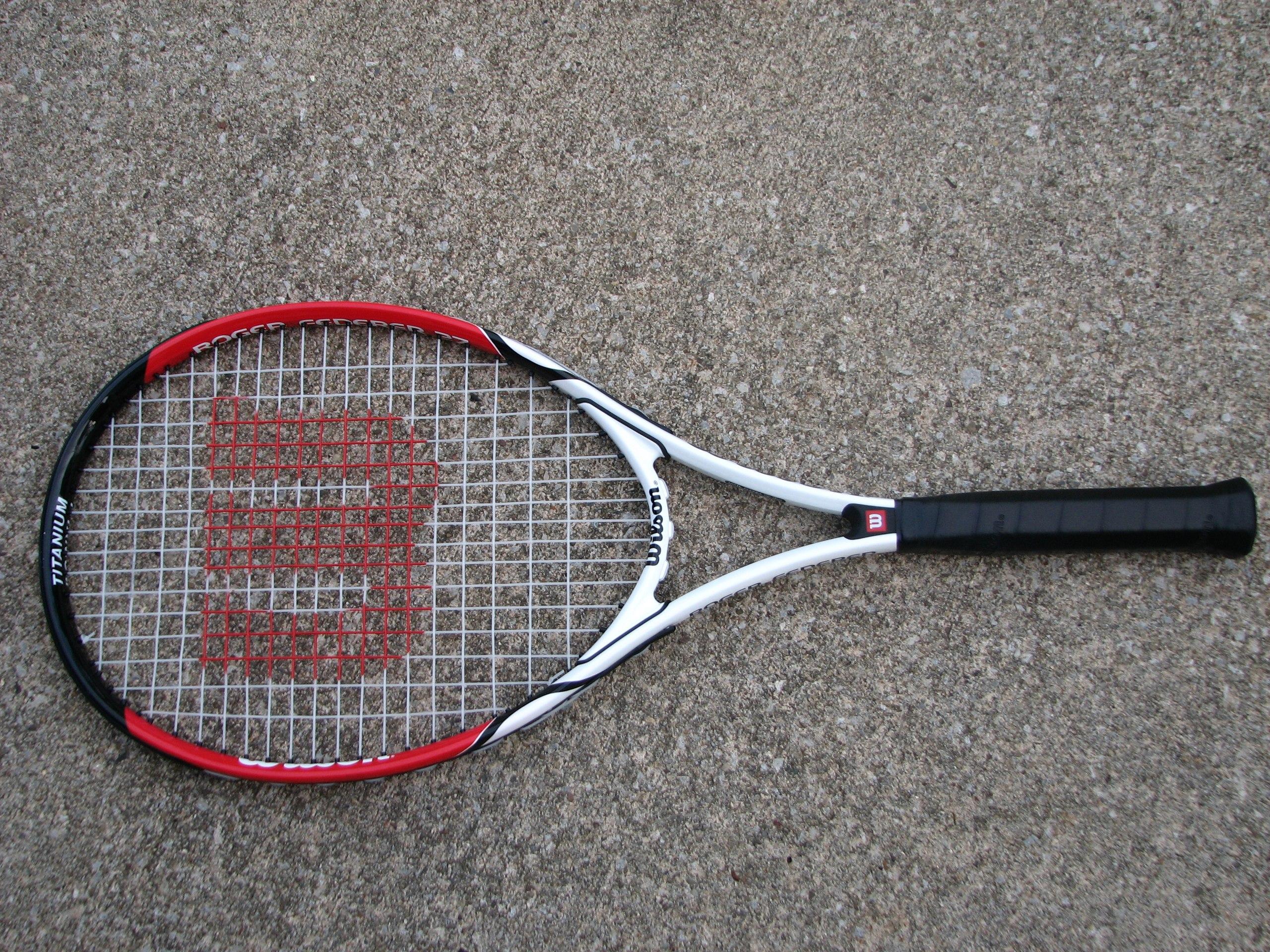
A Guide on How to Choose the Right Tennis Racket
The 9 Best Tennis Rackets for Beginners
Lighter or Heavier – Which Tennis Racquet You Should …
How to Choose the Right Tennis Racquet for Beginners?
How to Choose a Tennis Racquet
Find the right tennis racquet size
Choosing a tennis racquet | Equipment | Play
How To Choose A Tennis Racket and Grip Size
Best Beginner Tennis Rackets for 2023: A Short Guide …
Choosing the right tennis racket for your game
Finding the right sized racket
Buying a Tennis Racquet
Ask a Pro: How to Choose the Right Tennis Racket
How to Choose a Tennis Racquet: 12 Steps (with Pictures)
Racquet Buyers guide
Tips on buying a tennis racket (for beginner adult players)
How To Choose A Tennis Racket | Tennis Buying Guides
Choosing the Right Tennis Racquet Infographic

